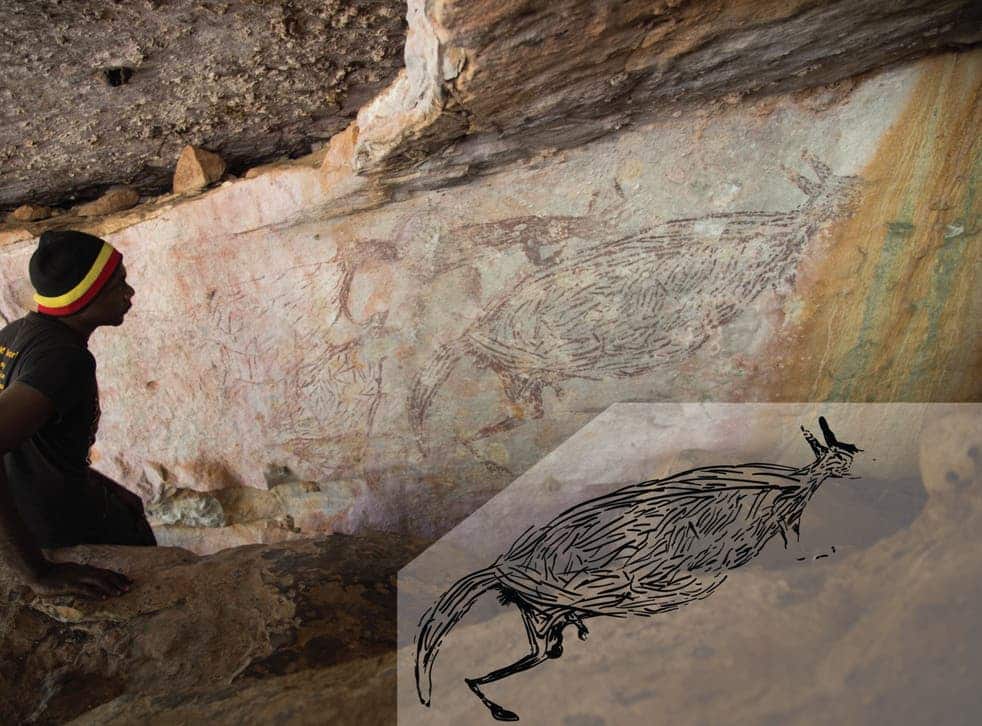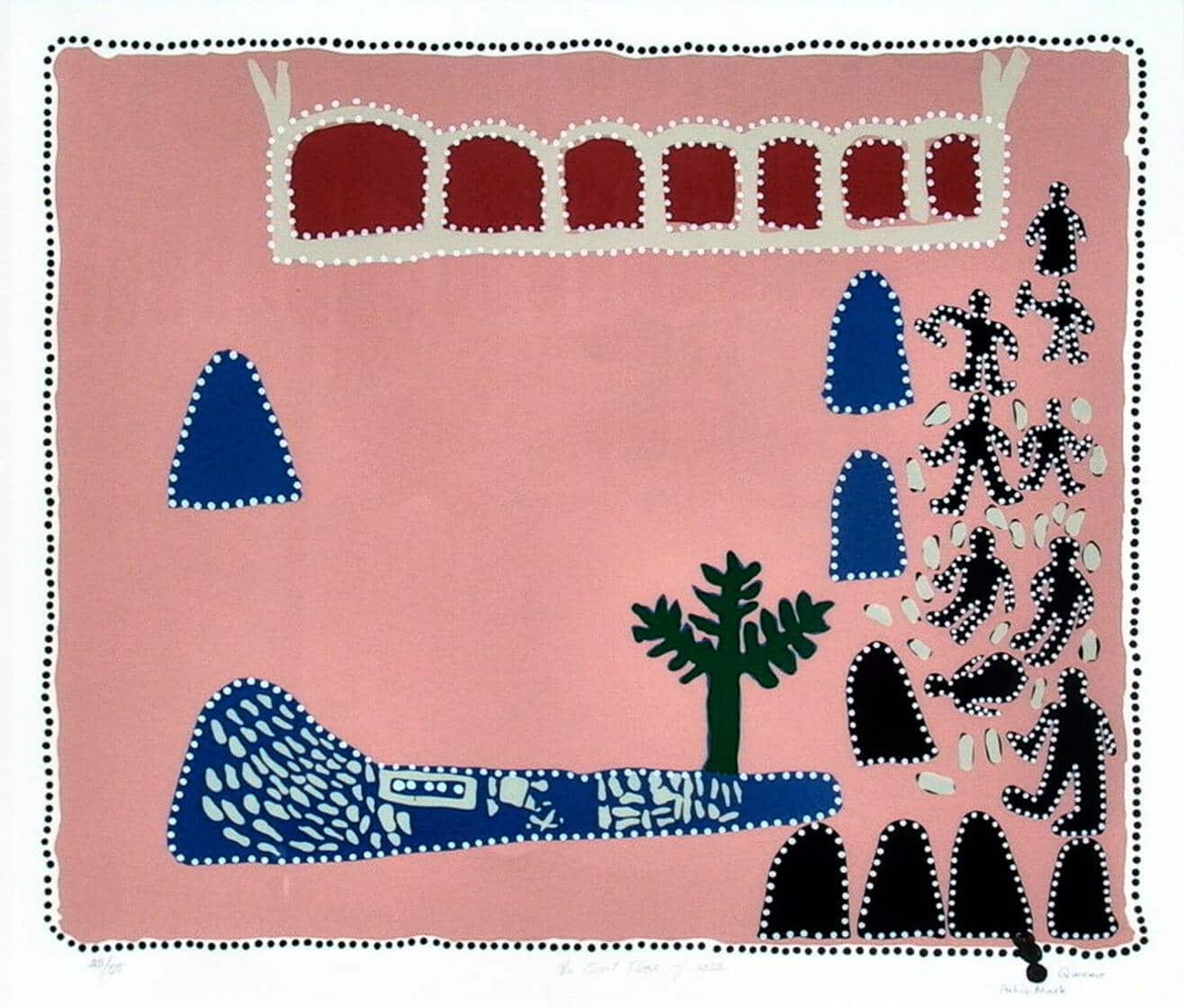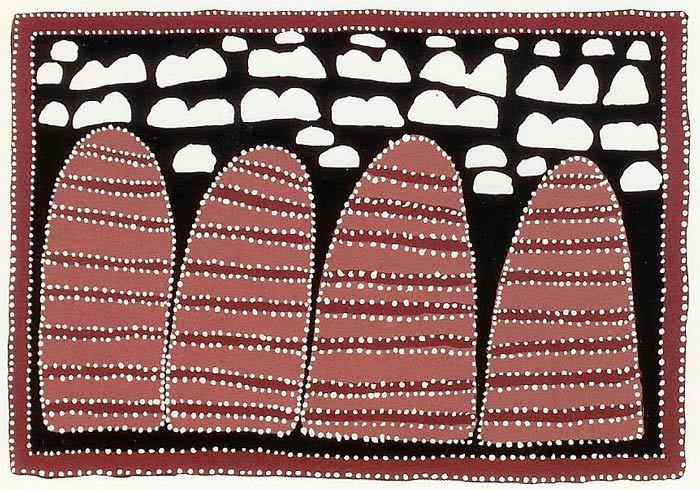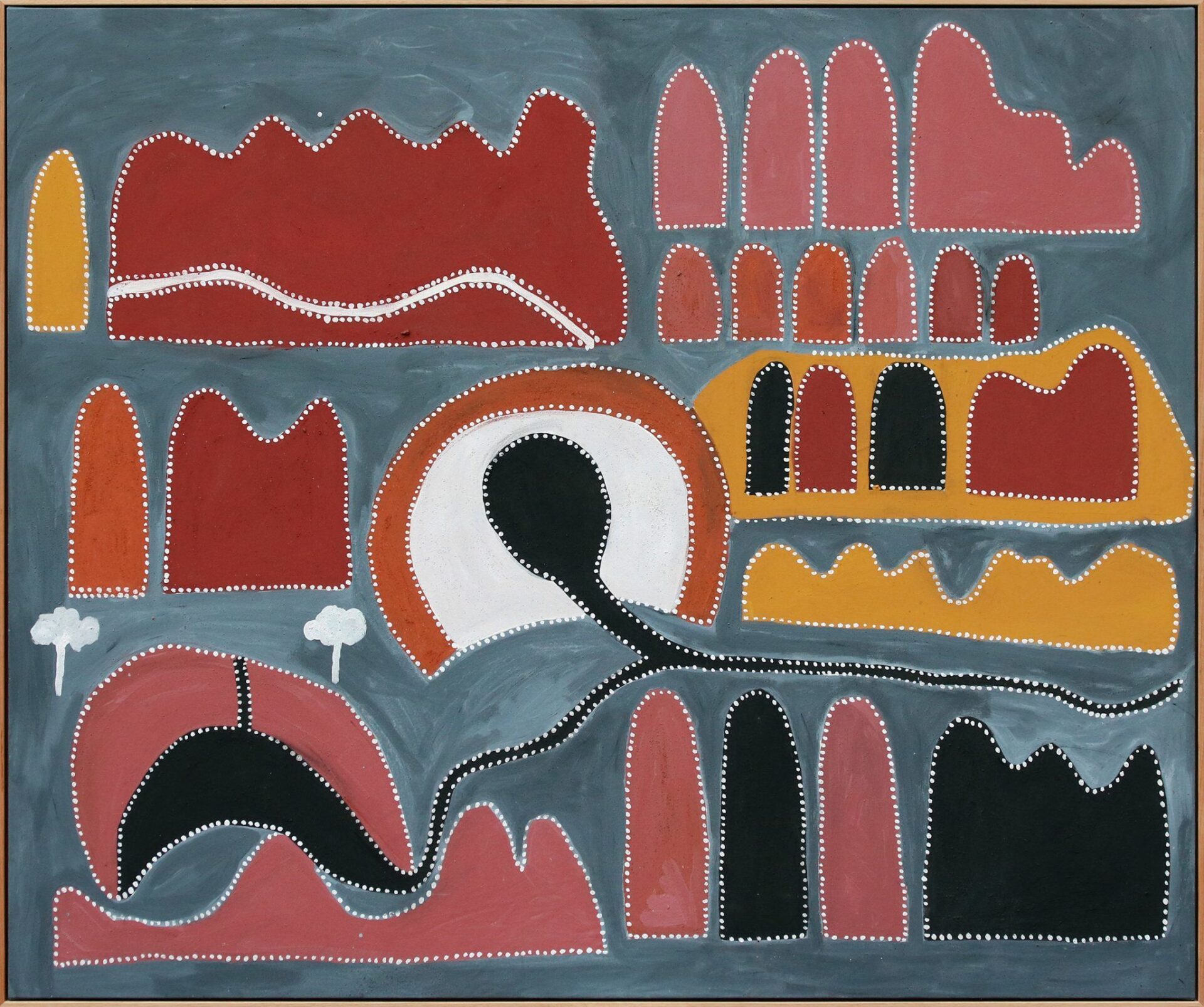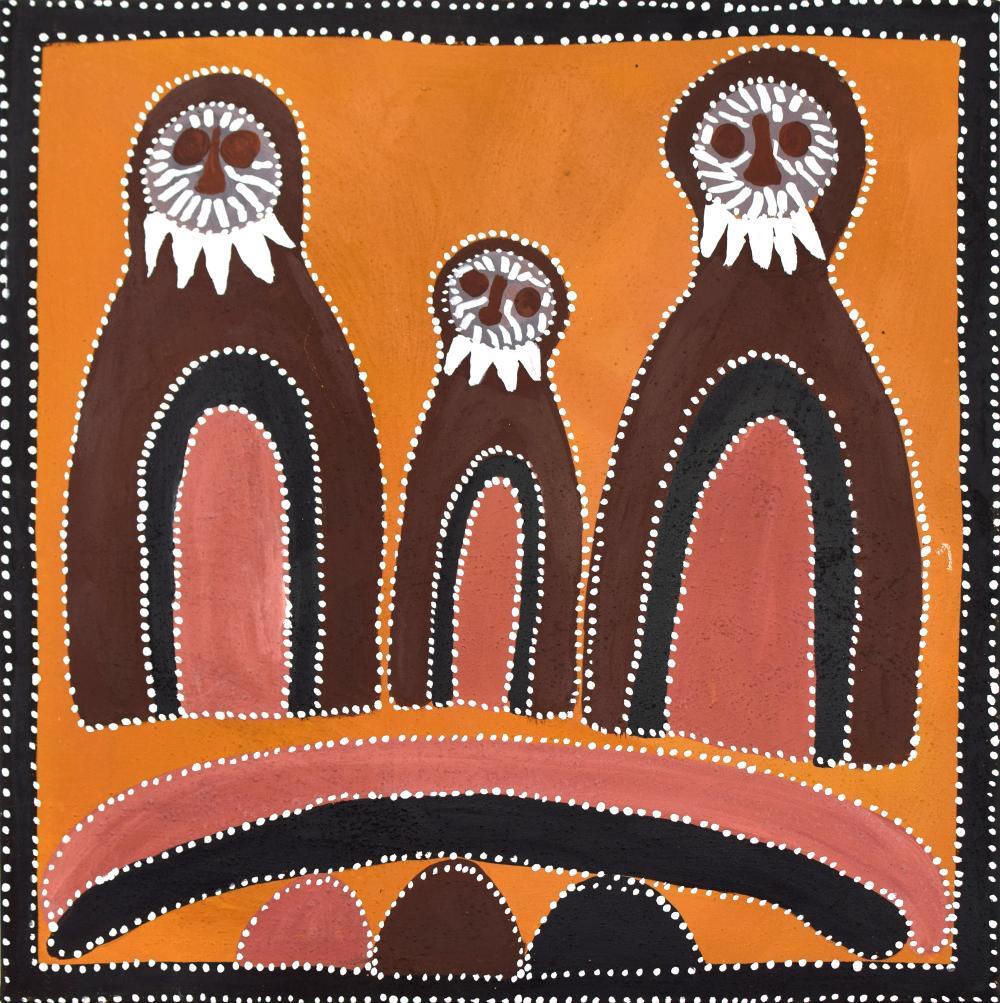
Against All Odds: Queenie McKenzie
Day to DayToday we celebrate the life of Queenie Mckenzie. Born in 1915 she was a self-taught artist who defied social and cultural norms during the height of racial injustice. She has since become one of Australia’s first female artists to be revered among the high profile male artists from the East Kimberly in Western Australia...
The Indigenous people of Australia have been expressing themselves through visual language for thousands of years, with a recent discovery of a drawing found to be 17,000 years old. It was a way of documenting their history, sharing their traditions and connecting to their land, community and spirituality.
These visual dialogues are a testament to the importance art plays in humanity’s history, reminding us that this form of expression is how culture and identity are celebrated and forever remain alive.
Today we celebrate the life of Queenie McKenzie. Born in 1915 she was a self-taught artist who defied social and cultural norms during the height of racial injustice. She has since become one of Australia’s first female artists to be revered among the high profile male artists from the East Kimberly in Western Australia.
A self-taught artist who began her practice later in life, Queenie became a prominent figure depicting the Aboriginal experience and participated in many solo and group exhibitions. She was the first female to receive recognition amongst her male counterparts who dominated in the East Kimberly region.
Her works are a collection of stories from her life that depict traditions and the landscape of the Gija people, documenting everything from the colonial era to everyday encounters on the cattle station. She gravitated towards natural pinks and violet pigments that she made from ochres she dug from the ground, stating that such colours appealed to her sense of beauty.
She was the daughter of a Malngin/ Gurundji woman and Irish man and as a child was at the centre of controversy during Australia’s assimilation policy. Considered a ‘half-caste’ she escaped the tyranny of the Australian government at the time. On several occasions her mother coated her skin in charcoal to avoid her being taken away. During such time of racial turmoil, Queenie survived capture and was one less child that was lost to the Stolen Generation. She grew up amongst the Gija people, where she studied the law and tradition for 40 years and became a prominent figure within the community.
She worked as a cook on the Texas Cattle Station where she befriended successful Aboriginal artist Rover Thomas who inspired her to begin painting. She later moved to Warmun where she held a senior position within the community. In 1987 with encouragement from her friend Rover she became the first woman in the community to begin painting.
Here are some of our favourite paintings that celebrate her Indigenous experience and traditions, with a legacy that is culturally enriching and inspiring.

